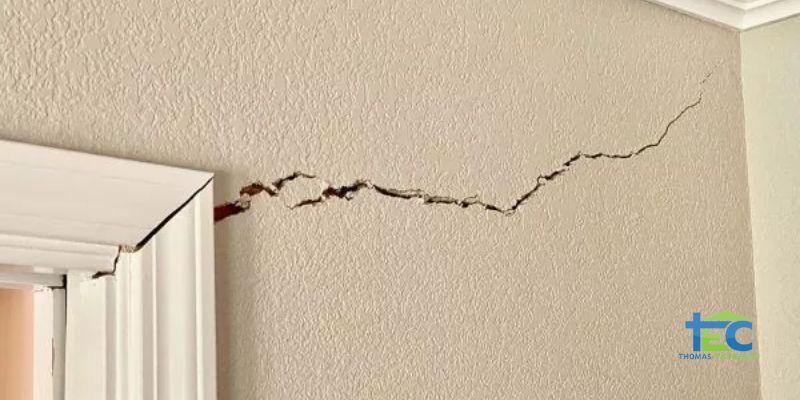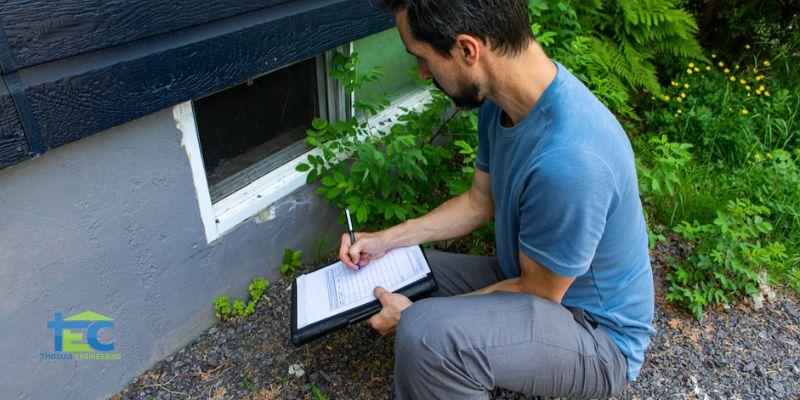
Dallas Fort Worth Foundation Repair
Sometimes when foundation repair is being done in the Dallas and Fort Worth area, some special circumstances may be taken into consideration, including earthquake potential and the structural problems of older or historic homes.
Dallas Fort Worth Foundation Repair – Special Considerations
Foundations and earthquakes
You don’t often think of the Dallas–Ft Worth area as earthquake-prone. But the Dallas area has recorded some fairly strong earthquakes recently. In January 2013, a 3.0-magnitude earthquake hit northern Texas, with the epicenter just 3.5 miles east of the Dallas/Fort Worth International Airport. In October of 2012, the same approximate area was hit by two earthquakes measuring 3.4 and 3.1-magnitude.
According to Cliff Froehlich, associate director and senior research scientist at the University of Texas at Austin’s Institute for Geophysics, these earthquakes are happening because the area just south of the Dallas/Fort Worth International Airport had been inundated with wastewater due to hydraulic fracturing. Although the water is no longer being added, the damage to the faults may have been already done.
If earthquakes in the area become more frequent, then the foundation repair may include strengthening it against earthquakes. Doing so may prevent extensive damage, which may be so serious that the only solution afterwards is to completely rebuild. An earthquake can make foundation problems even worse. Even with insurance the cost of repairing earthquake damage may run into the tens of thousands of dollars, while strengthening a foundation against earthquakes may cost only a few thousand dollars.
Old and Historic Homes
If you live in one of these stately residences, you may not be aware of structural problems in your home. Many of these homes were constructed with no thought given to the weight that the foundation has to bear.
Here are some examples:
- One common problem in old two-story homes involves point load deflection. In most of these older homes, a considerable amount of the 2nd-story weight is passed on to the ground floor through the walls. Sometimes, instead of a wall there’s a header to transfer the upper weight, and the weight is passed to one side of a door frame. That point load rests on the floor, and eventually the floor will bow.
- Hallway walls are generally load-bearing, but a wall may sometimes have no girders and supporting piers. As the years pass, the wall and the floor will sag and bow down.
- Sometimes the girder was put in the middle of the hallway, with both hallway walls unsupported. This is often the reason why the middle of a hallway will have a hump.
If your home foundation has any unusual problems, or if there are special circumstances involved, then it’s a good idea to contact a qualified structural engineer. They can then provide you with a detailed foundation inspection report. You will find a number of experienced companies that are well-versed in dealing with the special circumstances surrounding soil movement in the area as it pertains to Dallas Ft Worth foundation repair.






